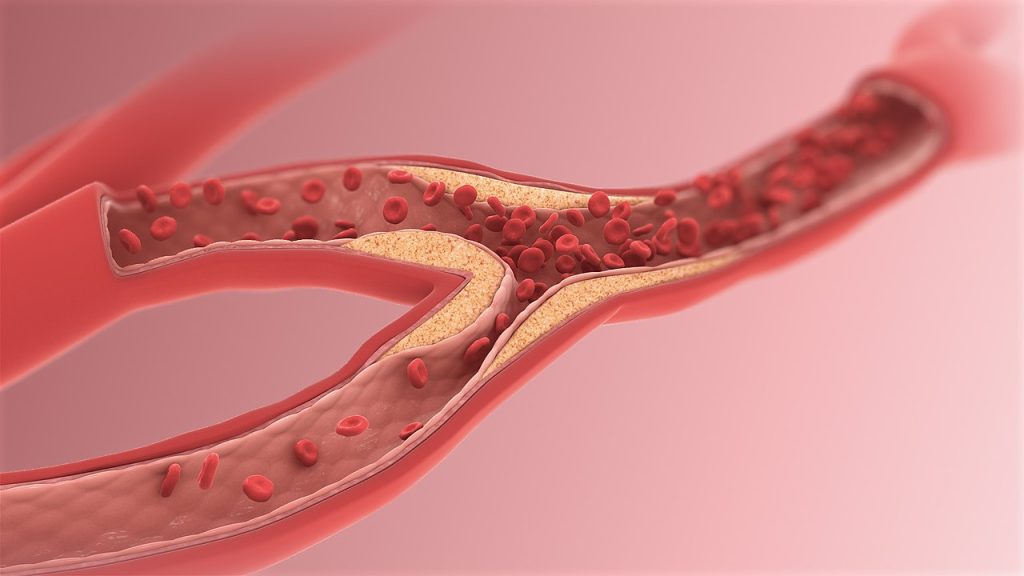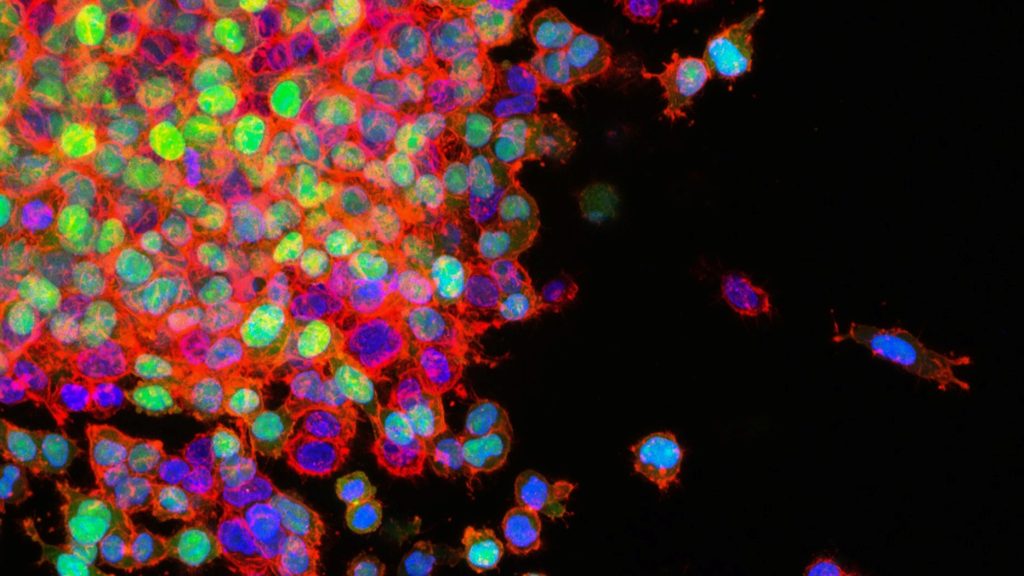Clinical Trial of VR App Effective in Reducing Phobia Symptoms

A New Zealand trial of a smartphone combining virtual reality (VR) with cognitive behavioural therapy (CBT) showed a 75% reduction in phobia symptoms after six weeks of the treatment programme. The results, published in the Australian and New Zealand Journal of Psychiatry, suggests an easily available treatment for the nearly one in 12 people who suffer common phobias such as that of heights or spiders.
The trial, led by Associate Professor Cameron Lacey, from the Department of Psychological Medicine, involved phobia patients using a smartphone app treatment programme called ‘oVRcome‘, which combines VR 360-degree video exposure therapy using headset alongside more traditional CBT. The company provides a simple headset into which users insert their own smartphone, turning it into a display.
“The improvements they reported suggests there’s great potential for the use of VR and mobile phone apps as a means of self-guided treatment for people struggling with often-crippling phobias,” Associate Professor Lacey says.
“Participants demonstrated a strong acceptability of the app, highlighting its potential for delivering easily accessible, cost-effective treatment at scale, of particular use for those unable to access in-person exposure therapy to treat their phobias.”
A total of 129 people took part in the six-week randomised, controlled trial, over May–December 2021, with a 12-week follow-up. Participants needed to be aged between 18–64 years, have a fear of either flying, heights, needles, spiders and dogs. Weekly questionnaires were emailed to record their progress, with access made available to a psychologist for any adverse effects.
For all phobias, participants showed comparable improvements in the Severity Measures for Specific Phobia scale. The average severity score decreased from 28/40 (moderate to severe symptoms) to 7/40 (minimal symptoms) after six weeks. There were no participant withdrawals due to intervention-related adverse events.
“The oVRcome app involves what’s called ‘exposure therapy’, a form of CBT exposing participants to their specific phobias in short bursts, to build up their tolerance to the phobia in a clinically-approved and controlled way,” Assoc Professor Lacey explained.
“Some participants reported significant progress in overcoming their phobias after the trial period, with one feeling confident enough to now book an overseas family holiday, another lining up for a COVID vaccine and another reporting they now felt confident not only knowing there was a spider in the house but that they could possibly remove it themselves.”
The programme used standard CBT components including psychoeducation, relaxation, mindfulness, cognitive techniques, exposure through VR, and a relapse prevention model. Participants were able to select their own exposure levels to their particular phobia from a large library of VR videos.
“This means the levels of exposure therapy could be tailored to an individual’s needs which is a particular strength. The more traditional in-person exposure treatment for specific phobias have a notoriously high dropout rate due to discomfort, inconvenience and a lack of motivation in people seeking out fears to expose themselves to. With this VR app treatment, triallists had increased control in exposure to their fears, as well as control over when and where exposure occurs,” said Assoc Professor Lacey.
The cost-effective availability of the app and headsets and the fact that multiple phobias were tested at once made this a novel trial, the researchers said. Most comparative VR studies to date have investigated high-end VR devices which are only available in research and limited clinical settings. One Dutch study examined a low-cost VR Dutch-language program using animated imagery that demonstrated improvement in fear-of-height symptoms, however this study only examined a single type of specific phobia.
Associate Professor Lacey says public demand to take part in the trial was unprecedented, demonstrating the increasing need and desire for phobia treatment in the community.
Source: University of Otago






